Species Photo Gallery for Thionia bullata No Common Name |
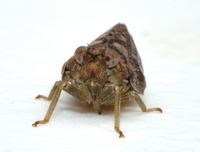 | Photo by: Kyle Kittelberger, Brian Bockhahn, Paul Scharf
Wake Co.
Comment: grassy and field-type habitat |  | Photo by: Kyle Kittelberger, Brian Bockhahn, Paul Scharf
Wake Co.
Comment: grassy and field-type habitat |
 | Photo by: Kyle Kittelberger, Brian Bockhahn, Paul Scharf
Wake Co.
Comment: grassy and field-type habitat | 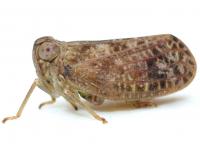 | Photo by: Kyle Kittelberger, Brian Bockhahn, Paul Scharf
Wake Co.
Comment: grassy and field-type habitat |
 | Photo by: Kyle Kittelberger, Brian Bockhahn
Orange Co.
Comment: Charles Bartlett notes "One thing that is interesting on that specimen is that there is a dark almost-donut-shaped (torus-shaped) marking in the distal part of the forewing - Metcalf (1923) interpreted specimens marked this way as Thionia ocellata Melichar (from Mexico); but I am sure it is just bullata with a dark wing marking."
Found near a field with a sweetgum edge. | 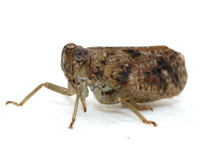 | Photo by: Kyle Kittelberger, Brian Bockhahn
Orange Co.
Comment: Charles Bartlett notes "One thing that is interesting on that specimen is that there is a dark almost-donut-shaped (torus-shaped) marking in the distal part of the forewing - Metcalf (1923) interpreted specimens marked this way as Thionia ocellata Melichar (from Mexico); but I am sure it is just bullata with a dark wing marking."
Found near a field with a sweetgum edge. |
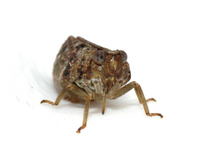 | Photo by: Kyle Kittelberger, Brian Bockhahn
Orange Co.
Comment: Charles Bartlett notes "One thing that is interesting on that specimen is that there is a dark almost-donut-shaped (torus-shaped) marking in the distal part of the forewing - Metcalf (1923) interpreted specimens marked this way as Thionia ocellata Melichar (from Mexico); but I am sure it is just bullata with a dark wing marking."
Found near a field with a sweetgum edge. | 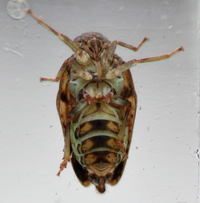 | Photo by: Kyle Kittelberger, Brian Bockhahn
Orange Co.
Comment: Charles Bartlett notes "One thing that is interesting on that specimen is that there is a dark almost-donut-shaped (torus-shaped) marking in the distal part of the forewing - Metcalf (1923) interpreted specimens marked this way as Thionia ocellata Melichar (from Mexico); but I am sure it is just bullata with a dark wing marking."
Found near a field with a sweetgum edge. |
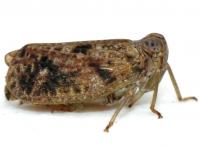 | Photo by: Kyle Kittelberger, Brian Bockhahn
Orange Co.
Comment: Charles Bartlett notes "One thing that is interesting on that specimen is that there is a dark almost-donut-shaped (torus-shaped) marking in the distal part of the forewing - Metcalf (1923) interpreted specimens marked this way as Thionia ocellata Melichar (from Mexico); but I am sure it is just bullata with a dark wing marking."
Found near a field with a sweetgum edge. | 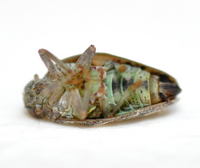 | Photo by: Kyle Kittelberger, Brian Bockhahn
Vance Co.
Comment: mixed hardwood forest, open forest, grassy patches |
 | Photo by: Kyle Kittelberger, Brian Bockhahn
Vance Co.
Comment: mixed hardwood forest, open forest, grassy patches | 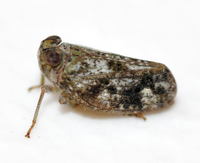 | Photo by: Kyle Kittelberger, Brian Bockhahn
Vance Co.
Comment: mixed hardwood forest, open forest, grassy patches |
 | Photo by: Kyle Kittelberger, Brian Bockhahn
Vance Co.
Comment: mixed hardwood forest, open forest, grassy patches | 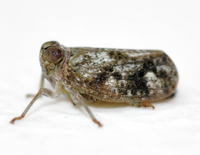 | Photo by: Kyle Kittelberger, Brian Bockhahn
Vance Co.
Comment: mixed hardwood forest, open forest, grassy patches |
 | Photo by: Paul Scharf, B Bockhahn
Rockingham Co.
Comment: Caught sweeping |  | Photo by: Paul Scharf, B Bockhahn
Rockingham Co.
Comment: Caught sweeping |
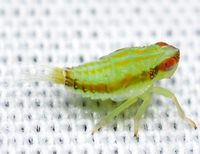 | Photo by: Kyle Kittelberger, Paul Scharf
Gates Co.
Comment: grassy, brushy habitat and mixed hardwood, cypress forest | 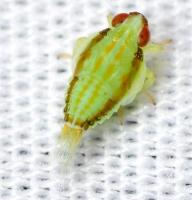 | Photo by: Kyle Kittelberger, Paul Scharf
Gates Co.
Comment: grassy, brushy habitat and mixed hardwood, cypress forest |
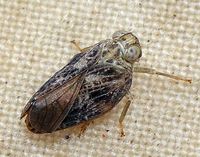 | Photo by: Paul Scharf, B Bockhahn
Stanly Co.
Comment: Caught sweeping | 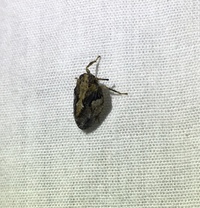 | Photo by: Randy L Emmitt
Orange Co.
Comment: hanging on sheet. |
 | Photo by: Hunter Phillips, Cathy Songer
Wayne Co.
Comment: | 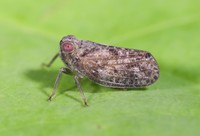 | Photo by: Rob Van Epps
Mecklenburg Co.
Comment: |
 | Photo by: Rob Van Epps
Mecklenburg Co.
Comment: | 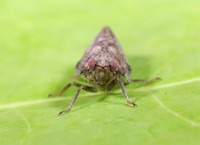 | Photo by: Rob Van Epps
Mecklenburg Co.
Comment: |
 | Photo by: Ken Kneidel
Mecklenburg Co.
Comment: 6.8 mm male on knee-high vegetation at edge of detention basin | 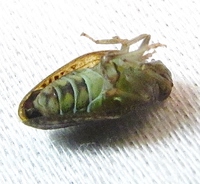 | Photo by: Ken Kneidel
Mecklenburg Co.
Comment: 6.8 mm male on knee-high vegetation at edge of detention basin |
 | Photo by: Ken Kneidel
Mecklenburg Co.
Comment: 5.8 mm, dead, stuck on a tree band on Willow Oak |  | Photo by: Ken Kneidel
Mecklenburg Co.
Comment: 5.8 mm, dead, stuck on a tree band on Willow Oak |
 | Photo by: Ken Kneidel
Mecklenburg Co.
Comment: 5.8 mm, dead, stuck on a tree band on Willow Oak | 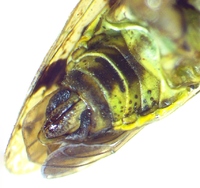 | Photo by: Ken Kneidel
Mecklenburg Co.
Comment: 5.8 mm, dead, stuck on a tree band on Willow Oak |
 | Photo by: Scott Bolick
Forsyth Co.
Comment: | 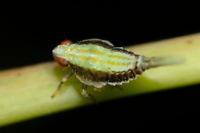 | Photo by: Scott Bolick
Forsyth Co.
Comment: |
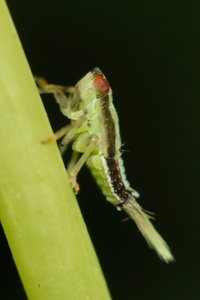 | Photo by: Scott Bolick
Forsyth Co.
Comment: |  | Photo by: Erich Hofmann and Kayla Weinfurther
Craven Co.
Comment: |
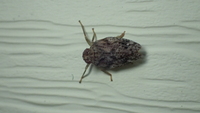 | Photo by: Erich Hofmann and Kayla Weinfurther
Craven Co.
Comment: |  | Photo by: Margarita Lankford
Guilford Co.
Comment: https://www.inaturalist.org/observations/118279920 |
 | Photo by: Margarita Lankford
Guilford Co.
Comment: https://www.inaturalist.org/observations/118279887 |  | Photo by: Margarita Lankford
Guilford Co.
Comment: https://www.inaturalist.org/observations/118279831 |
 | Photo by: Margarita Lankford
Guilford Co.
Comment: https://www.inaturalist.org/observations/118279831 | 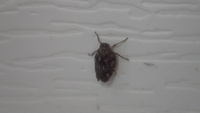 | Photo by: Erich Hofmann
New Hanover Co.
Comment: |
 | Photo by: Erich Hofmann
New Hanover Co.
Comment: | 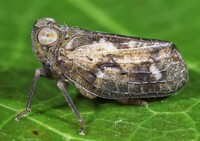 | Photo by: Rob Van Epps
Mecklenburg Co.
Comment: Caught sweeping. |
 | Photo by: Rob Van Epps
Mecklenburg Co.
Comment: |  | Photo by: F. Williams, S. Williams
Gates Co.
Comment: MEMI |
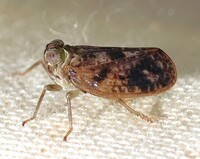 | Photo by: Rob Van Epps
Scotland Co.
Comment: Caught sweeping in grassy area near woods. |  | Photo by: Erin Price-Erwin
Guilford Co.
Comment: |
 | Photo by: Erin Price-Erwin
Guilford Co.
Comment: |  | Photo by: F.W. Mead
Harnett Co.
Comment: UDCC_TCN 00118370; coll. F.W. Mead; det. C.R. Bartlett. male. photographs taken by S.V. Hendrix |
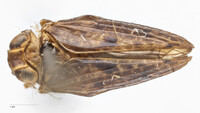 | Photo by: F.W. Mead
Harnett Co.
Comment: UDCC_TCN 00118370; coll. F.W. Mead; det. C.R. Bartlett. male. photographs taken by S.V. Hendrix | 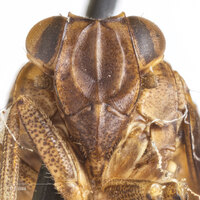 | Photo by: F.W. Mead
Harnett Co.
Comment: UDCC_TCN 00118370; coll. F.W. Mead; det. C.R. Bartlett. male. photographs taken by S.V. Hendrix |
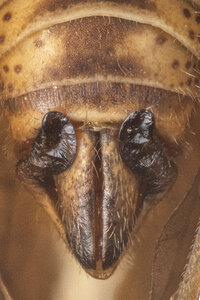 | Photo by: F.W. Mead
Harnett Co.
Comment: UDCC_TCN 00118370; coll. F.W. Mead; det. C.R. Bartlett. male. photographs taken by S.V. Hendrix | 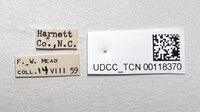 | Photo by: F.W. Mead
Harnett Co.
Comment: UDCC_TCN 00118370; coll. F.W. Mead; det. C.R. Bartlett. male. photographs taken by S.V. Hendrix |
|

 »
»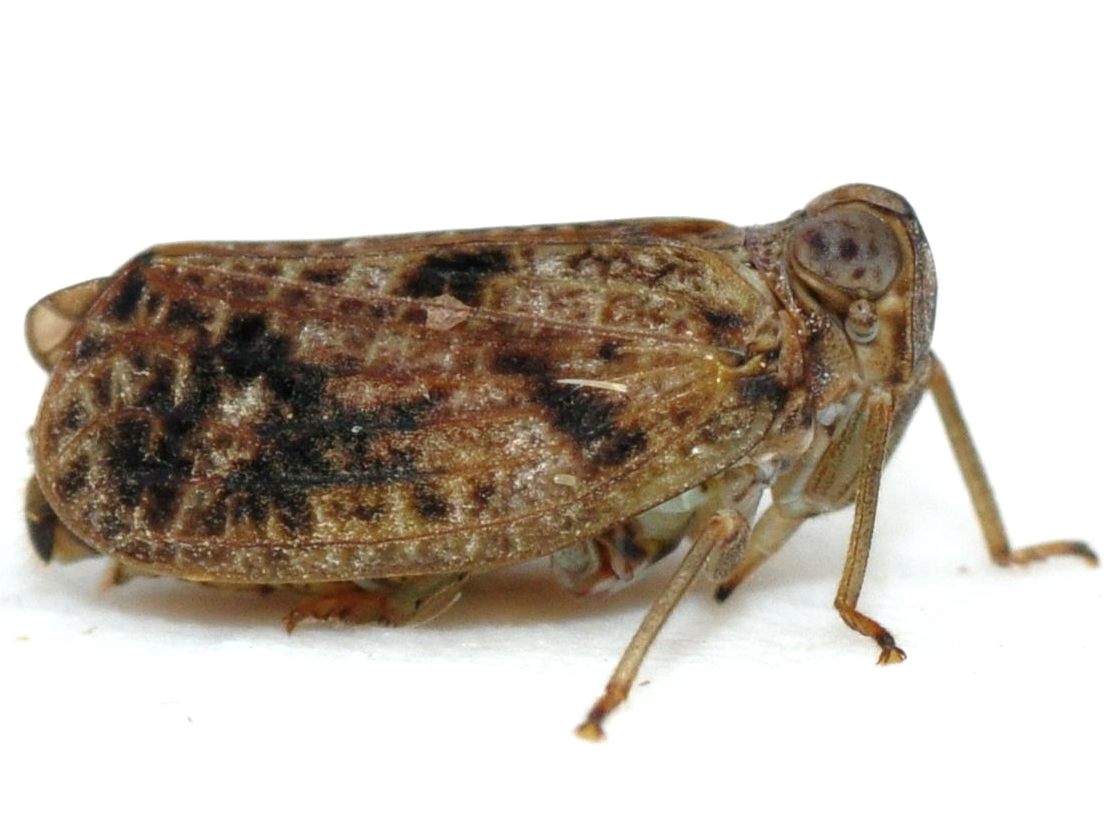




 »
»


